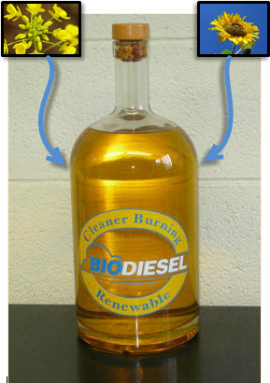This How to Start a Cooperative module is part of the Biomass Energy Training Curriculum, 13 modules developed through a Southern SARE grant and collaboration between Tennessee State University, the University of Tennessee, eXtension.org, and USDA-Rural Development. While it is written as a training guide for TN producers, much of the information is applicable throughout the Southeastern US region.
This curriculum is designed to increase the knowledge base of extension agents and local officials on biomass energy; so that






